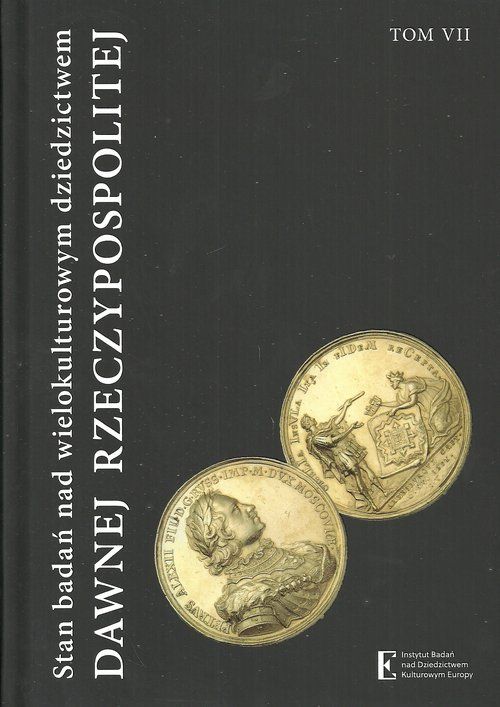The Dominican friars in Polish Livonia and the Duchy of Courland: between history and the Black legend
The Dominican friars in Polish Livonia and the Duchy
of Courland: between history and the Black legend
Author(s): Reinis Norkārkls
Subject(s): History
Published by: Instytut Badań nad Dziedzictwem Kulturowym Europy
Summary/Abstract: Dominican missionaries of the Lithuanian province came to Polish Livoniaat the end of the 17th century. By 1772 there were Dominican convents in Pasieneand Aglona, as well as a vicariate in Rušona, from which the friars regularlyvisited a number of chapels in the close vicinity. Although their primary taskwas a missionary work, we found them serving parishes and assisting diocesanpriests in their pastoral duties further away from their main centres even in theneighbouring Duchy of Courland. At the time of the First Partition, there werealtogether 34 friars (in comparison to 24 Jesuits) working in Polish Livonia,which made up about one third of the Catholic clergy in this area. They alsoplayed a significant part in the local religious life by maintaining two Mariansanctuaries and organizing so called popular missions.The Dominicans of the northern borderlands of the Polish-LithuanianCommonwealth so far have merited very limited scholarly attention. Only fewprimary sources concerning their presence in Polish Livonia have survived andfor quite a long time, information about it has been drawn from several outdatedpublications of a secondary nature. Moreover, until very recently Latvianhistoriography had been dominated by “the Black legend” that described theDominicans as Polonizers, who were hostile to the Latvian language and culture.The author of this “legend” was a journalist Francis Kemps (1876–1952).He didn’t base his theory on archival studies, but deduced it from his ownamateur speculations about the origin of the Belarusian minority in Latgale.According to him, in the former Polish Livonia there were almost no genuineBelarusians at all and those, whom people called Belarusians, were actuallyhalf-Polonized Latvians. Since in Kemps’s time one of the highest concentrationsof Belarusians living among Latvians was in Pasiene, which had beenserved by Dominicans for around 150 years, exactly the Dominicans, accordingto Kemps, were the ones to blame for transforming Latvians into Belarusiansby the means of Polonization. In the light of recent research, it is, however,clear that contrary to Kemps’s views Pasiene had a predominantly East Slavicpopulation even before the arrival of the friars. Apart from that, some latelydiscovered sources suggest that among Dominicans the command of Latvianlanguage was considered to be a valuable asset.
Book: Stan badań nad wielokulturowym dziedzictwem dawnej Rzeczypospolitej
- Page Range: 277-294
- Page Count: 17
- Publication Year: 2017
- Language: English
- Content File-PDF

